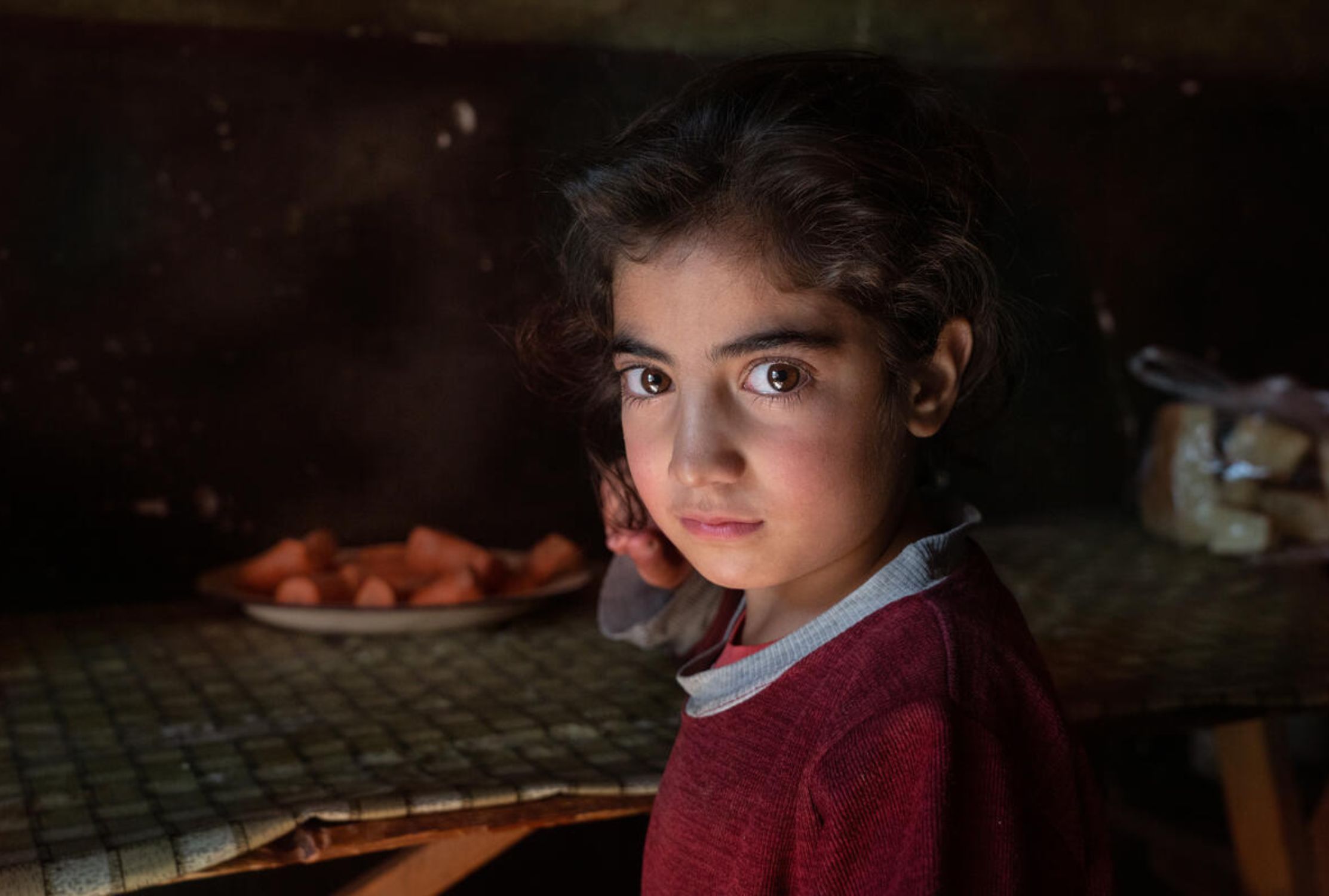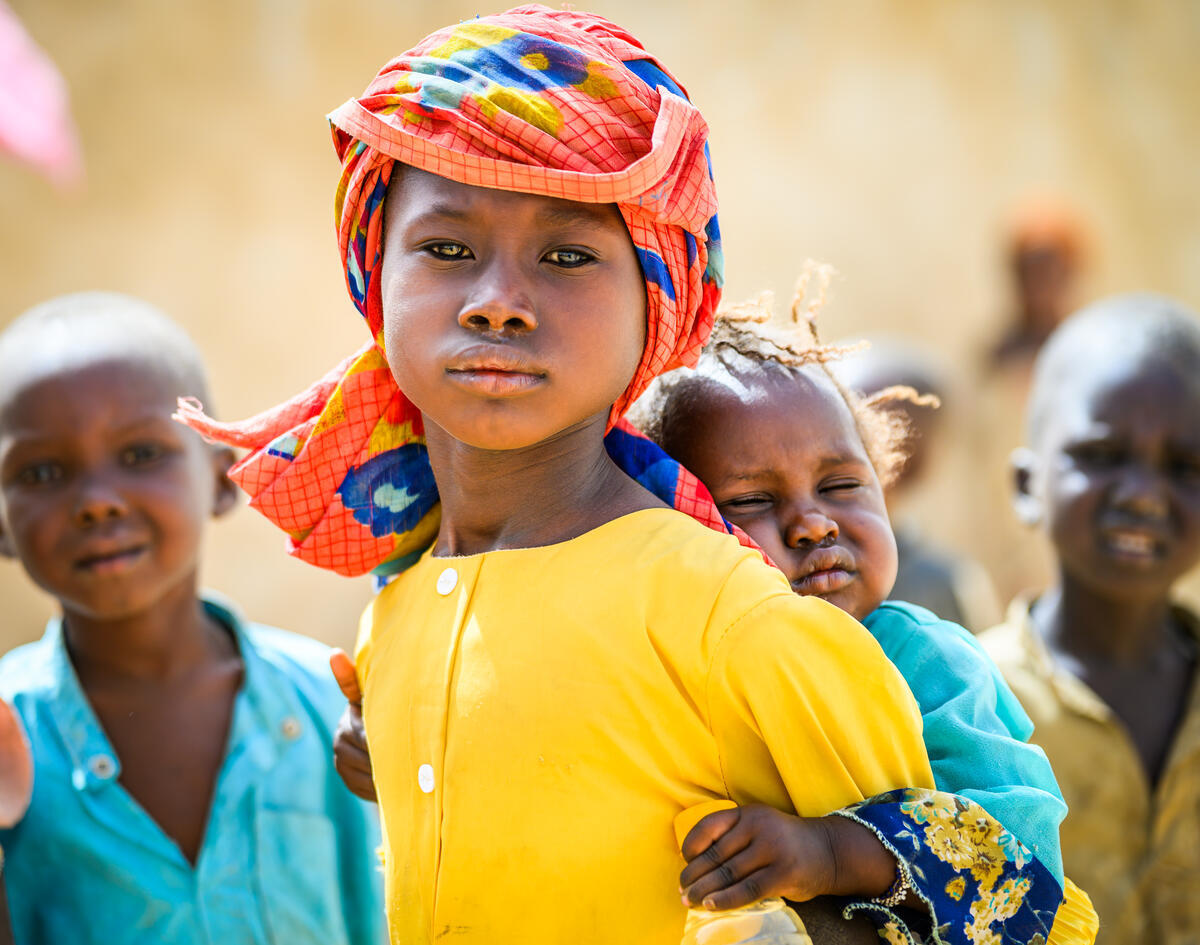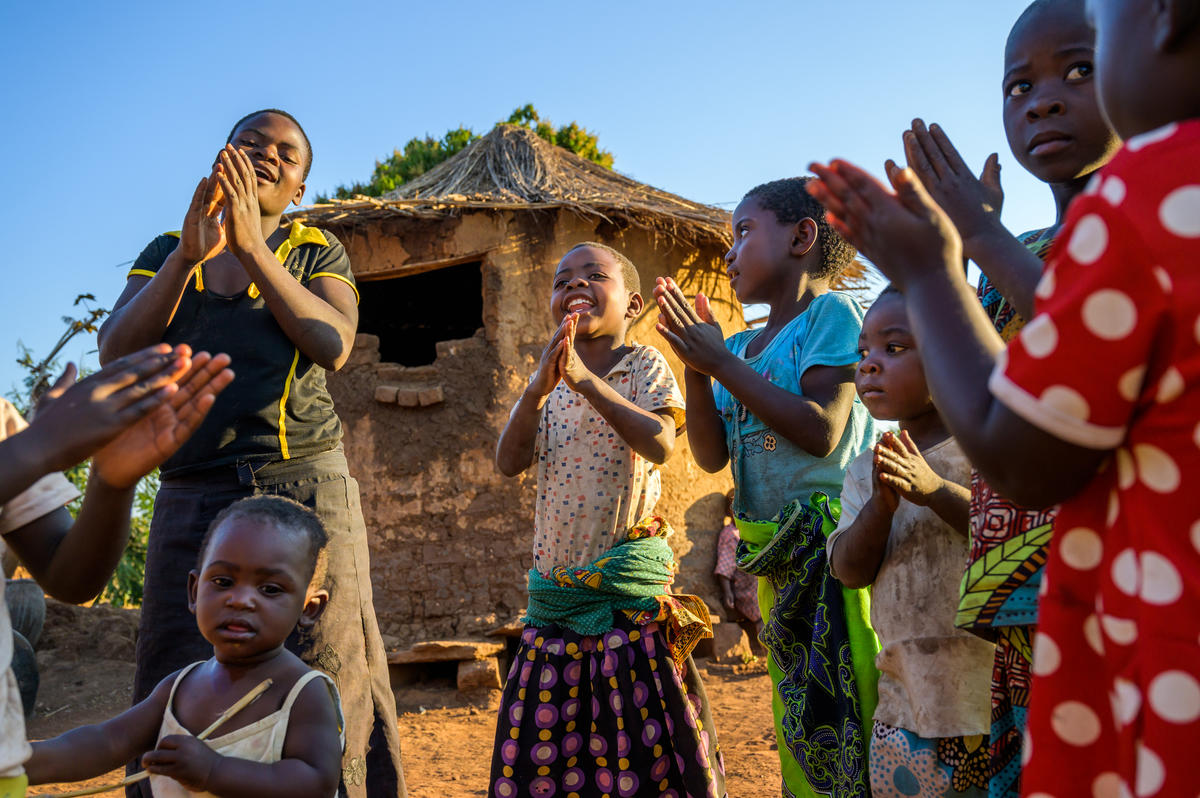How are children affected by conflict?
The United Nations estimated that over 460 million children were living in conflict zones in 2022. They are often separated from their families when escaping conflict in countries such as Syria, Ukraine, South Sudan and the Democratic Republic of Congo.
They're already facing challenges such as hunger and displacement, but many of these children are also being trafficked, abused and recruited as a child soldier. Children urgently need your help to survive, recover and build a future.
For over 70 years, World Vision has been helping families and children caught up in conflict and war. Together, we can bring hope to children in times of crisis.








